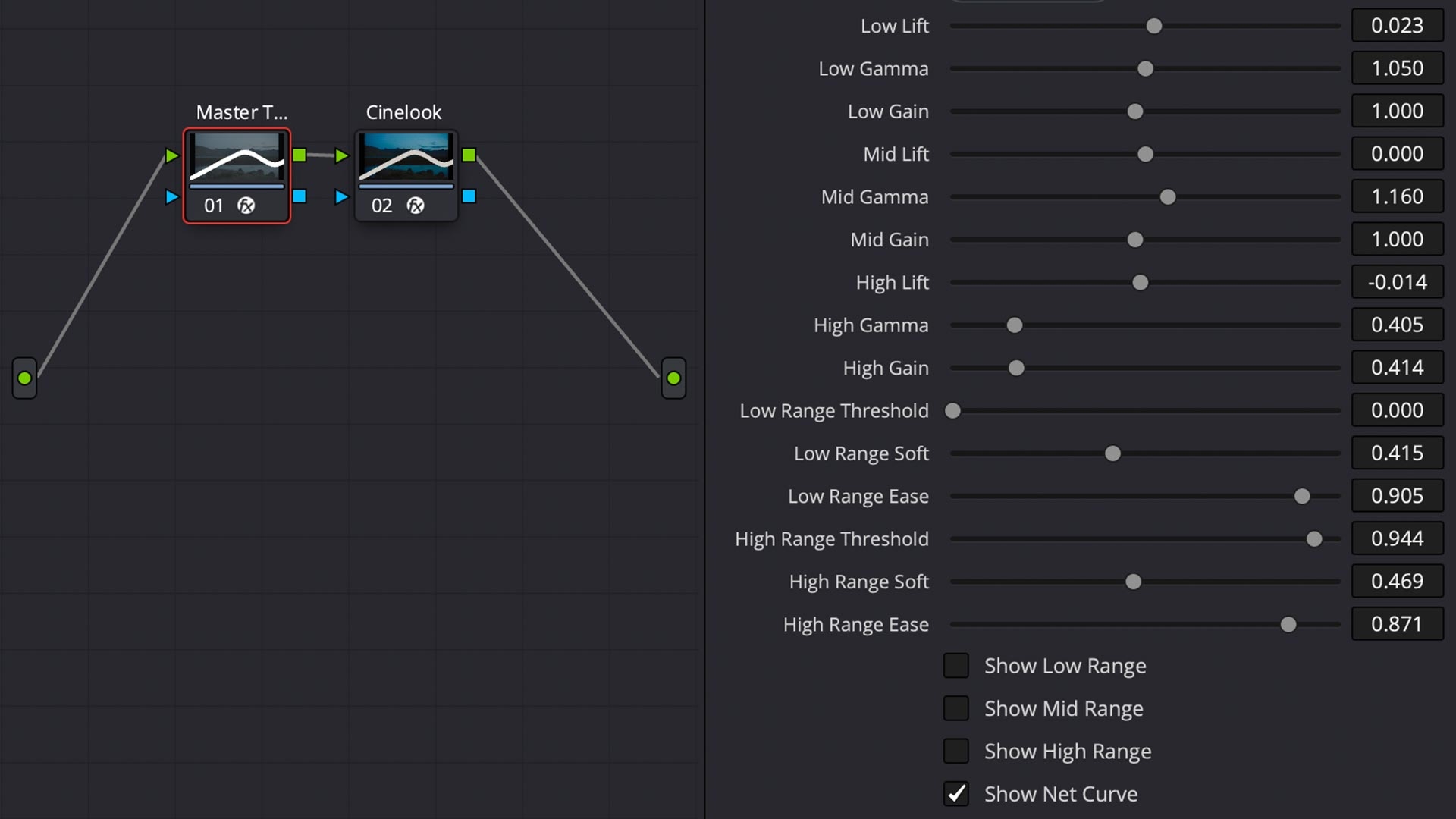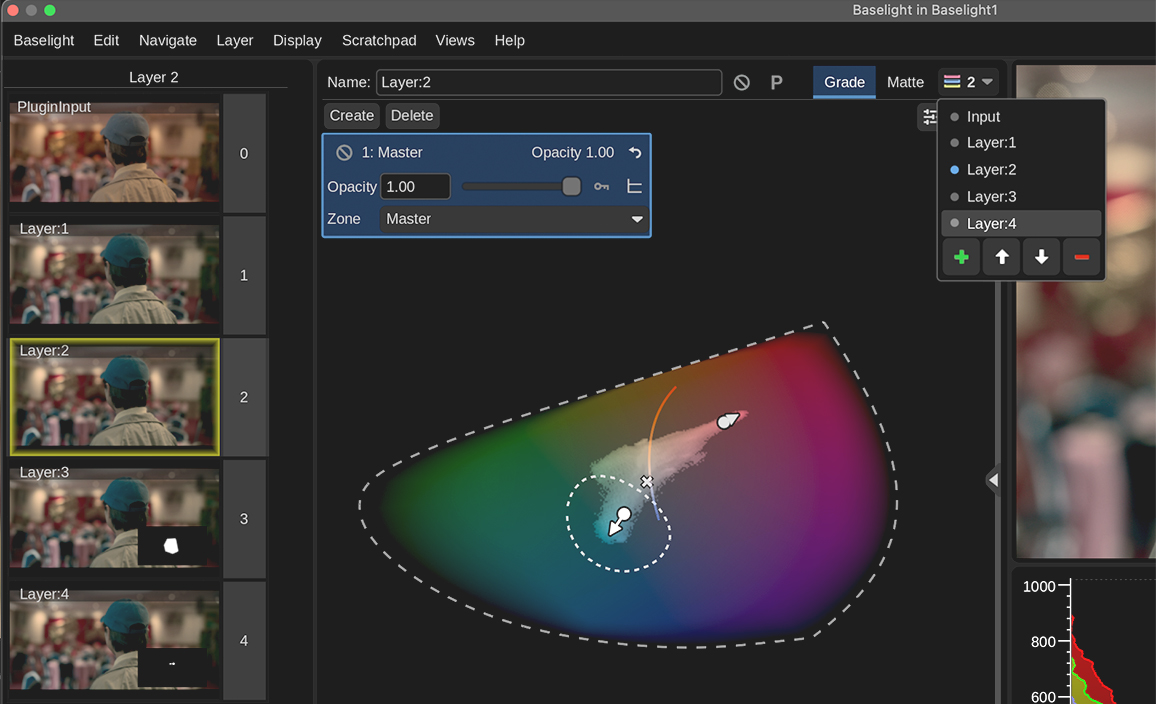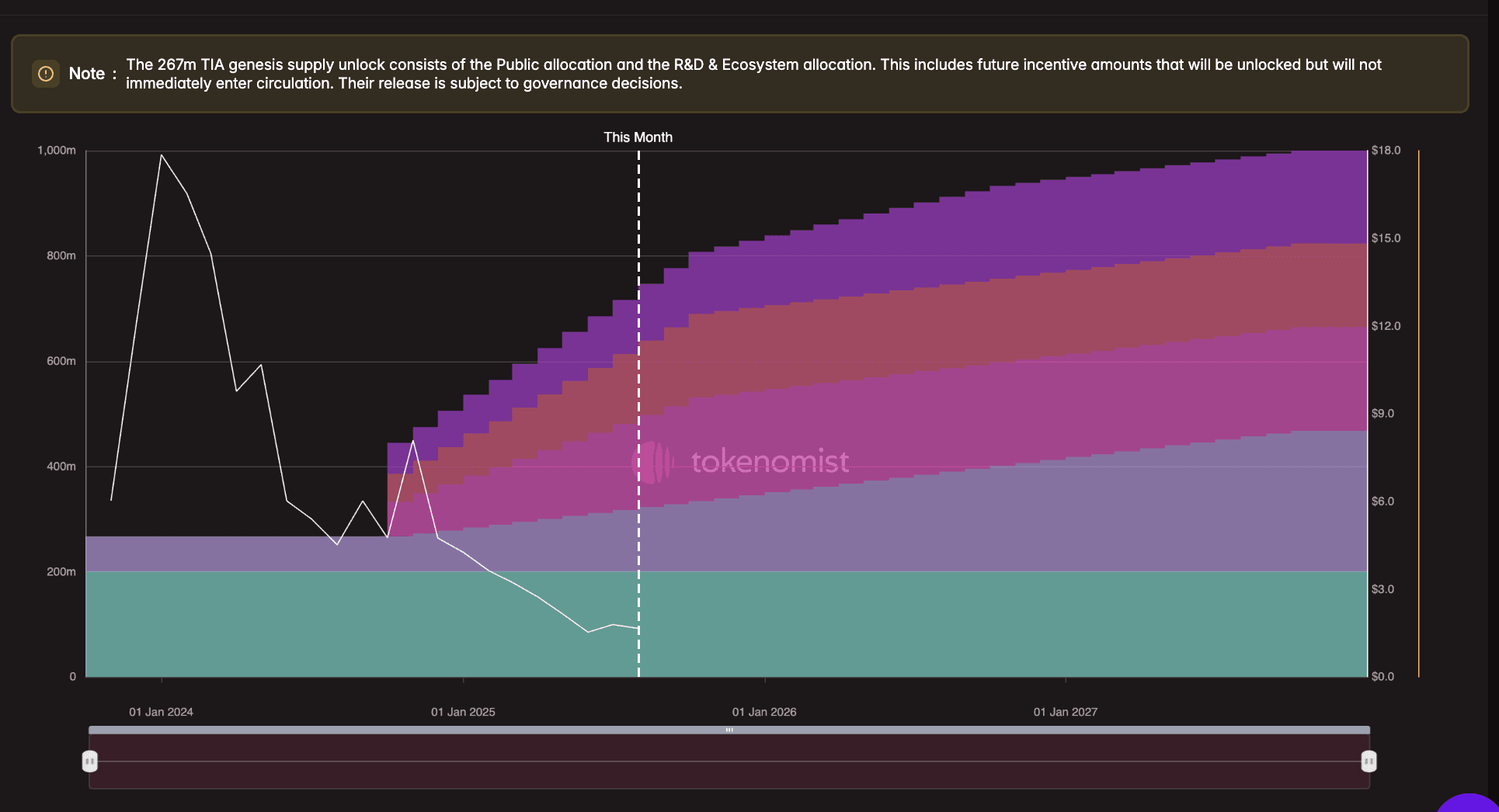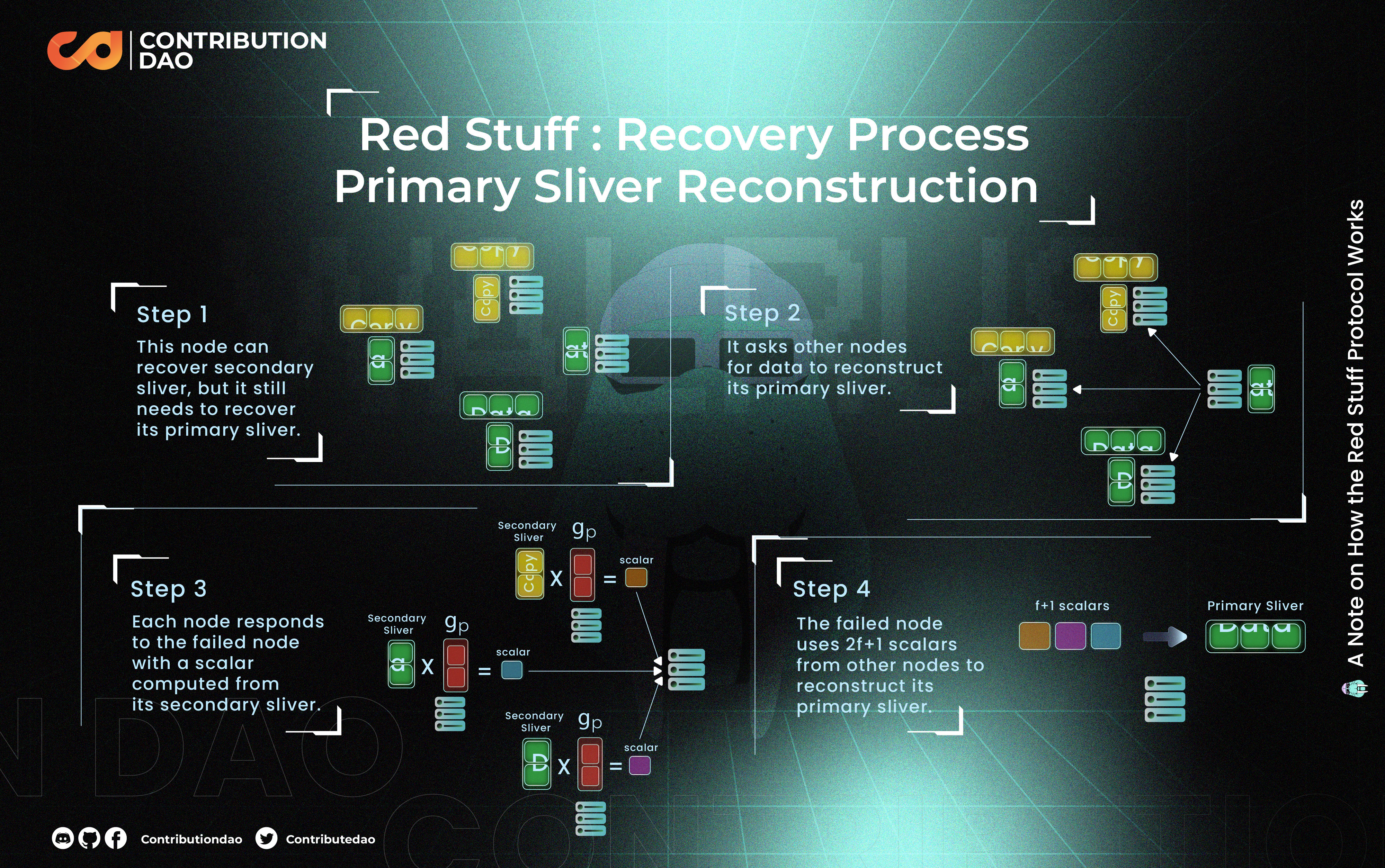How Baselight and WalrusProtocol Enable Monetizable, Queryable Celestia Data Blobs

Celestia has redefined the blockchain data landscape by decoupling consensus from data availability, giving rise to a new asset class: Celestia data blobs. Yet, until recently, the ability to transform these raw blobs into structured, queryable, and monetizable resources remained largely theoretical. The Baselight and WalrusProtocol integration is now changing that narrative in real time.
![]()
From Raw Blobs to Structured Datasets: The Baselight-WalrusProtocol Synergy
At its core, Baselight is a permissionless structured data hub. It provides a unified environment for ingesting, transforming, and analyzing onchain data across domains like finance, AI research, and analytics. But Baselight’s true potential is unlocked through its integration with WalrusProtocol, a decentralized storage network purpose-built for high-availability data via advanced erasure coding (specifically the RedStuff 2D protocol).
This partnership enables a seamless pipeline: raw blobs uploaded to Walrus become instantly accessible within Baselight as structured datasets. These datasets are not just passive stores of information but can be actively queried and monetized using dynamic access models such as:
Key Ways Baselight Enables Monetization of Celestia Data Blobs
-

Token-Gated Data Access: Baselight enables data owners to monetize Celestia blobs by offering token-gated query access. Only users holding specific tokens or NFTs can query structured datasets, creating new revenue streams for data providers.
-

DAO-Controlled Licensing Models: Through integration with WalrusProtocol, Baselight supports DAO-managed licensing of onchain data. DAOs can set terms, fees, and permissions for data usage, facilitating collective monetization strategies.
-

Time-Locked Data Permissions: Baselight allows data monetization via time-locked access, where users pay for temporary rights to query datasets. This supports subscription-based or pay-per-use models for Celestia data blobs.
-

Structured, Queryable Datasets: By transforming raw Celestia blobs into structured, queryable datasets, Baselight increases their utility and market value, enabling direct monetization through analytics, research, and AI applications.
-

Unified Marketplace for Data Discovery: Baselight provides a permissionless data hub where data owners can list, price, and monetize their Celestia-based datasets, making them discoverable to enterprises, researchers, and AI developers.
The result is an ecosystem where builders can offer token-gated queries, researchers can purchase time-locked access to proprietary datasets, and DAOs or enterprises can license their onchain data streams with full auditability.
Why Queryable Blob Datasets Matter for the Celestia Ecosystem
The traditional approach to blockchain data has been siloed and static. Blobs stored on Celestia were accessible in principle but lacked native mechanisms for fine-grained querying or permissioned access. By making blobs queryable, Baselight and WalrusProtocol unlock several critical use cases:
- Real-time analytics: Developers and traders can stream blobspace analytics directly into dashboards or automated strategies.
- Data composability: Datasets become modular building blocks for DeFi protocols or AI training pipelines.
- Sustainable monetization: Data creators capture value through tokenized licensing or usage-based pricing models.
This paradigm shift transforms Celestia blobspace from a passive storage layer into an active market for information assets, one where pricing trends are transparent and access rights programmable at the smart contract level.
The Technical Foundation: Secure Storage Meets Programmable Access
Baselight’s integration with WalrusProtocol is more than just a frontend overlay; it leverages Walrus’s robust decentralized storage architecture. Utilizing RedStuff erasure coding ensures each blob achieves high redundancy (4.5x replication) while remaining cost-efficient thanks to self-healing recovery mechanisms. This technical foundation gives users confidence that their structured datasets remain tamper-resistant yet highly available for querying.
The programmability layer comes from Baselight itself, enabling features like DAO-controlled licensing (where governance tokens dictate dataset access), token-gated queries (pay-per-use or subscription), and real-time auditing of all dataset interactions. The result is a permissionless yet enterprise-grade platform for managing the full lifecycle of Celestia data blobs as economic assets.
As these technical and economic primitives converge, the Celestia ecosystem is witnessing the emergence of a true blobspace market. Monetizable, queryable datasets are no longer theoretical – they are actively shaping how value flows within modular blockchain environments. Developers can now build applications that tap directly into live data markets, while institutional actors gain new tools for compliance, provenance, and permissioned analytics.
Dynamic Access Models: The Future of Data Monetization
The Baselight-WalrusProtocol stack supports a spectrum of monetization strategies tailored to diverse user needs. For instance, token-gated access allows creators to restrict queries to holders of specific NFTs or governance tokens. Time-locked permissions enable dataset owners to sell limited-duration access – ideal for research consortia or event-driven analytics. Enterprises and DAOs can implement granular licensing models, all enforced onchain for full transparency and auditability.
This flexibility is critical in a data economy where use cases range from AI model training (requiring massive, composable datasets) to financial backtesting (demanding real-time accuracy and historical depth). By supporting programmable monetization at the protocol level, Baselight and WalrusProtocol turn Celestia data blobs into yield-generating assets, not just static storage units.
Market Implications: Pricing Trends and Ecosystem Impact
The shift toward structured, queryable blobs introduces price discovery mechanisms previously absent from Celestia’s blobspace. As more datasets become available for purchase or license, we expect to see:
Top Trends in Celestia Blob Pricing & Market Liquidity
-

Token-Gated Data Access Models: Baselight’s integration with WalrusProtocol enables token-gated queries and DAO-controlled licensing, letting data owners monetize Celestia blobs by restricting access based on token holdings or governance votes.
-

Dynamic Pricing Mechanisms: The emergence of dynamic, on-chain pricing for Celestia data blobs is driven by demand for structured, queryable datasets. Pricing adapts to usage patterns and access frequency, supporting pay-per-query and time-locked permissions.
-

Increased Market Liquidity for Data Blobs: By transforming raw blobs into active, monetizable assets, Baselight and WalrusProtocol are fostering secondary markets where data blobs can be traded, licensed, or bundled for resale.
-

Enterprise and Research Adoption: The ability to discover, analyze, and monetize on-chain data is attracting enterprises, AI developers, and researchers to participate in Celestia’s data markets, increasing overall liquidity and utility.
-

Enhanced Security and Data Availability: WalrusProtocol’s RedStuff erasure coding and 4.5x replication factor ensure high data availability and self-healing, making Celestia blobs more reliable and attractive for monetization and trading.
Real-time pricing signals will empower both data buyers and sellers to make informed decisions. For example, high-value DeFi or oracle datasets may command premium rates during periods of market volatility, while niche research sets could see demand spikes around major protocol upgrades.
This dynamic marketplace will also incentivize better data curation and quality control. With transparent monetization pathways in place, creators have a direct stake in producing accurate, timely datasets – raising the overall standard across the ecosystem.
What’s Next? Scaling Blobspace Utility
The Baselight-WalrusProtocol integration is just the beginning. As adoption grows, we anticipate:
- Increased cross-chain interoperability: Structured blobs could be referenced by rollups or L2s outside Celestia via bridges or proofs.
- Richer analytics tooling: Expect new dashboards visualizing blobspace liquidity, pricing trends, and usage metrics for both technical and non-technical users.
- Evolving governance models: DAOs may experiment with novel licensing schemes or collective bargaining over large-scale dataset rights.
The core insight is clear: by making Celestia data blobs monetizable and queryable, Baselight and WalrusProtocol are setting a new standard for modular blockchain data economics. The result is an open marketplace where information flows freely but value accrues transparently – a leap forward not just for Celestia users but for the broader web3 data economy.










